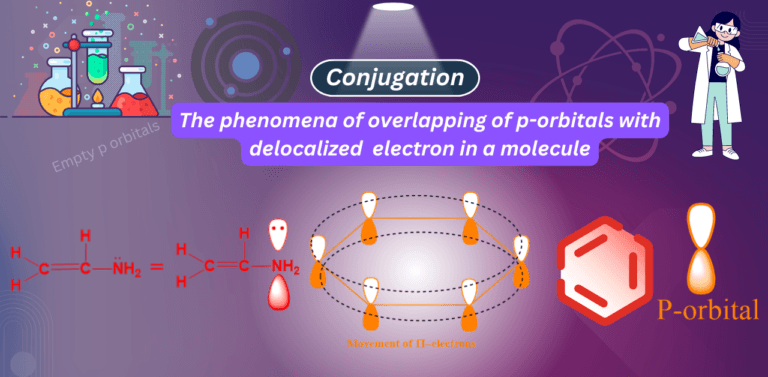The resonance effect-Fascinating overview in 1 click
What is the resonance effect? Thus, it can be said that the -NH2 group in aniline gives electrons to the ring by the resonance effect. Types of resonance effect: There are two types of resonance effects which are given below: Positive resonance effect: Negative resonance effect: Recommended video:
